Making activities
Get your class interacting with maths! These activities have easy to follow, step-by-step instructions using simple materials.
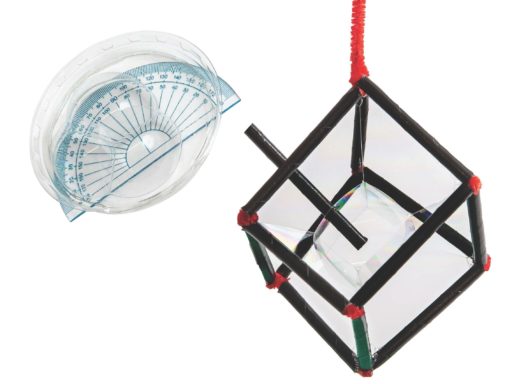
Bubble Geometry
Make use of geometry in observing the shapes and angles soap bubbles create when they join together.
For KS2 (7-11)
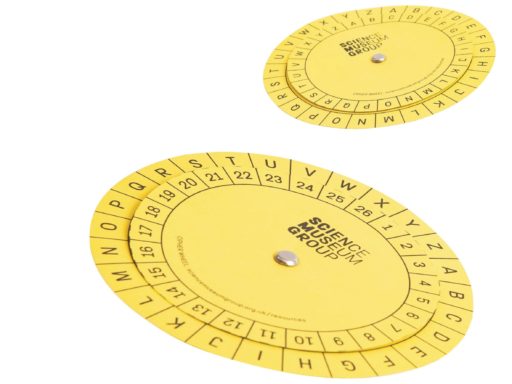
Cipher wheel
Make a cipher wheel of your own, which you can use to encrypt and decrypt messages.
For KS2 (7-11)
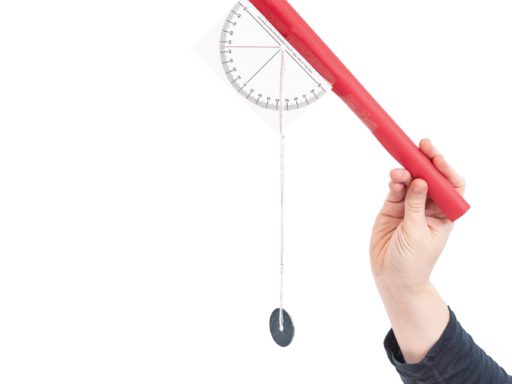
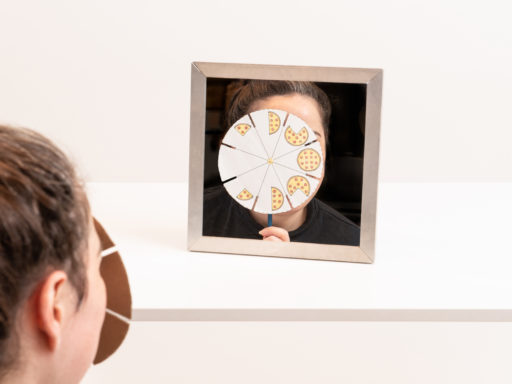
Make an animation
Make a device called a phenakistoscope, which displays a continuously looping animation.
For KS2 (7-11)

Mystery tubes
Work out how shoelaces are connected inside a closed tube.
For KS2 (7-11) and KS3 (11-14)
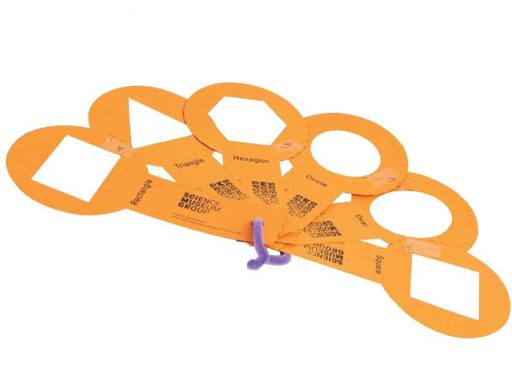
Shape detectives
Cutting out simple shape templates and look through them to find similar shapes in the real world.
For KS1 (5-7)
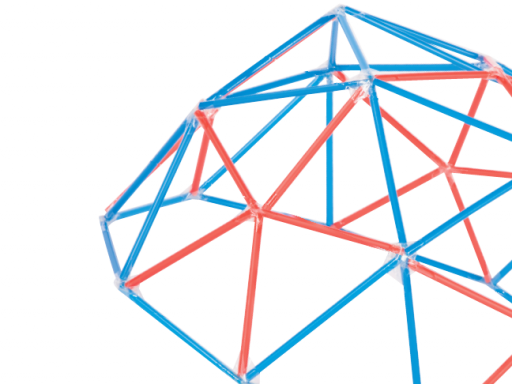
Build a Dome
Use straws and strong shapes to make a self-supporting dome.
For KS3 (11-14) and KS4 (14-16)

Bottle top shapes
Get creative with geometry by drawing lines on bottle tops and seeing what shapes you can make.
For KS1 (5-7)
Image Banks
Discover how maths has shaped and impacted society and spark discussion and curiosity around maths with these beautiful examples from our museum collections in these image banks.
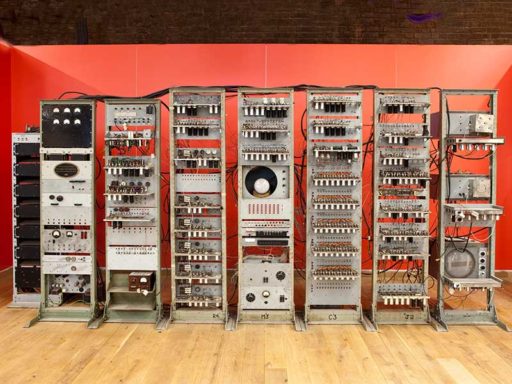
Image bank: maths and computing
This image bank showcases the tools, people and challenges behind the development of computers.
For KS2 (7-11) and KS3 (11-14)
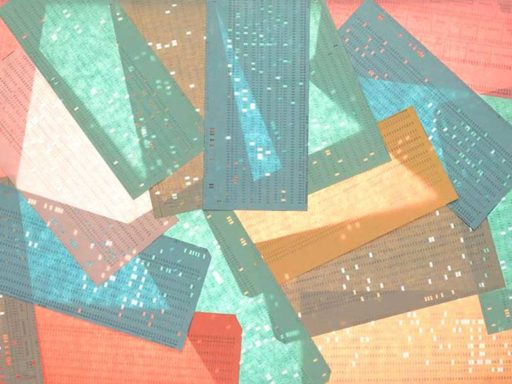
Image bank: maths and health
This image bank showcases ways of using maths to understand bodies and diseases.
For KS3 (11-14) and KS4 (14-16)
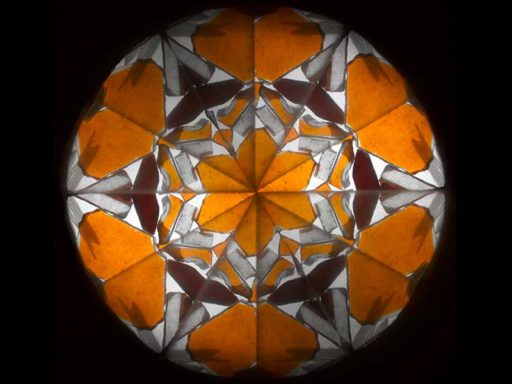
Image bank: maths and patterns
This image bank showcases the many ways we can find and interpret patterns.
For KS2 (7-11) and KS3 (11-14)
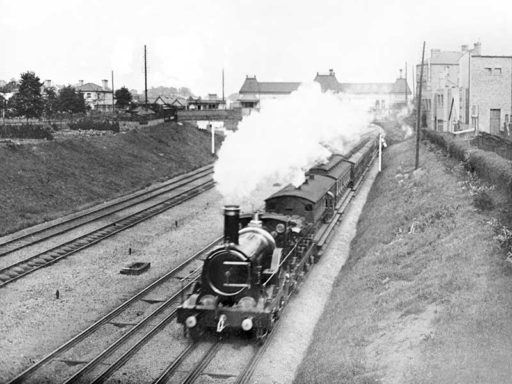
Image bank: maths and railways
This image bank showcase the influence of maths in the stories of trains and railways.
For KS2 (7-11)
3D Objects
Explore objects from the Science Museum Group’s Collection to fuel curiosity and discussion around maths. These virtual 3D reconstructions of some of the objects in Mathematics: The Winton Gallery invite you to look closer and explore the application of maths and science principles by seeing how the objects might work.
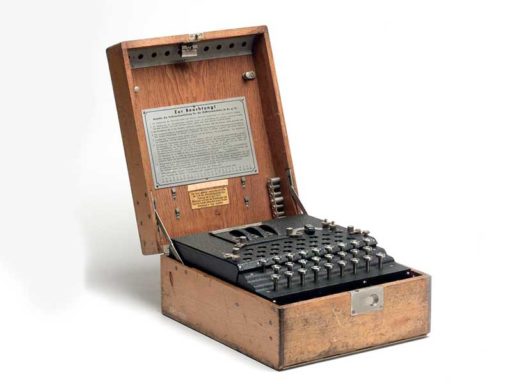
Enigma cipher machine
Enigma cipher machines were designed to create complex encrypted messages that were almost impossible to break.
For KS2 (7-11) and KS3 (11-14)
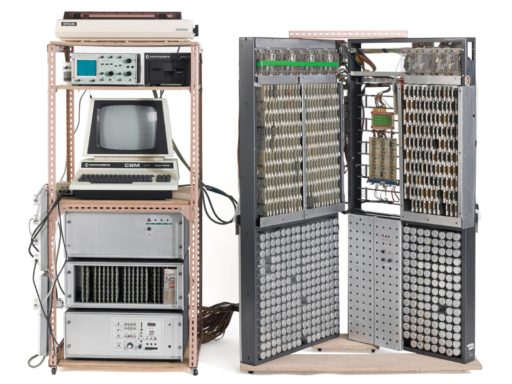
Ishiguro’s storm model
Shizuo Ishiguro, an electrical engineer and mathematician, developed this electronic storm model to simulate the North Sea and increase our ability to predict the impact of storm surges on our coastline.
For KS2 (7-11), KS3 (11-14) and KS4 (14-16)
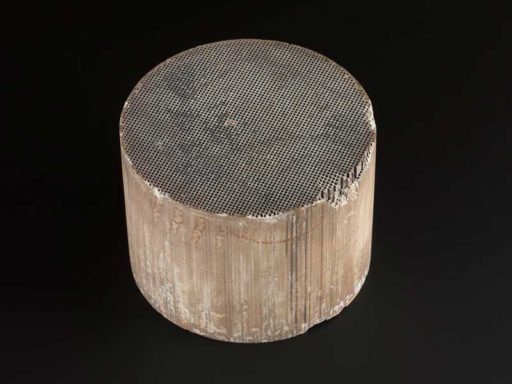
Catalytic converter
A catalytic converter is a large metal box that sits underneath your car. They help reduce the chances of us getting ill by reducing the emission of toxic fumes.
For KS2 (7-11), KS3 (11-14) and KS4 (14-16)
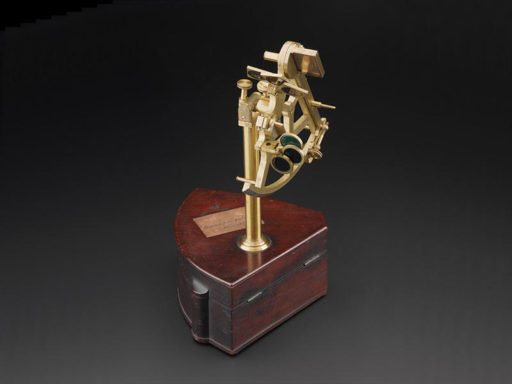
Marine sextant
Sailors use sextants to work out their ship’s location at sea so they can navigate.
For KS2 (7-11), KS3 (11-14) and KS4 (14-16)
Maths object hunt
Encourage students to follow their curiosity and work together to hunt for different maths related/ themed objects. They’ll complete challenges and use observation and questioning skills to get thinking and talking about how maths has shaped our lives. While these are meant to be completed in the Science Museum Group museums, most of the questions can be answered using everyday objects.
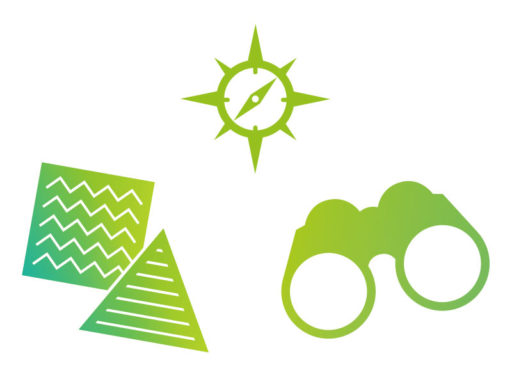
Great object hunt: Shapes and Patterns
Find something that has circles on it, something that has parallel lines…
This activity has been designed to be used in any setting: try it around the home or on a trip to the shops.
For KS1 (5-7) and KS2 (7-11)
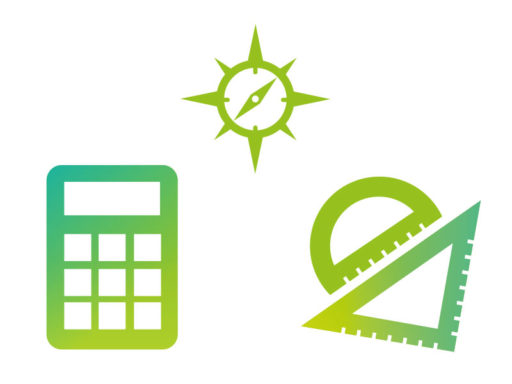
Railway Museum great object hunt: Maths
Find something that you think has moving parts, something that is written in Roman numerals (eg VII or XI)…
For KS2 (7-11) and KS3 (11-14)
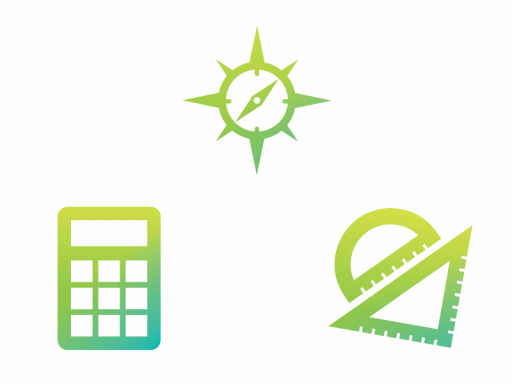
Science and Media Museum Great Object Hunt: Maths
Find something that is heavier than you, something that is smaller than a mouse…
For KS2 (7-11) and KS3 (11-14)

Science and Industry Museum Great Object Hunt: Maths
Find something that is symmetrical; something that you could use to count with…
For KS2 (7-11) and KS3 (11-14)

Science Museum Great Object Hunt: Maths
Find something that helps you find your location; something you can use to count with…